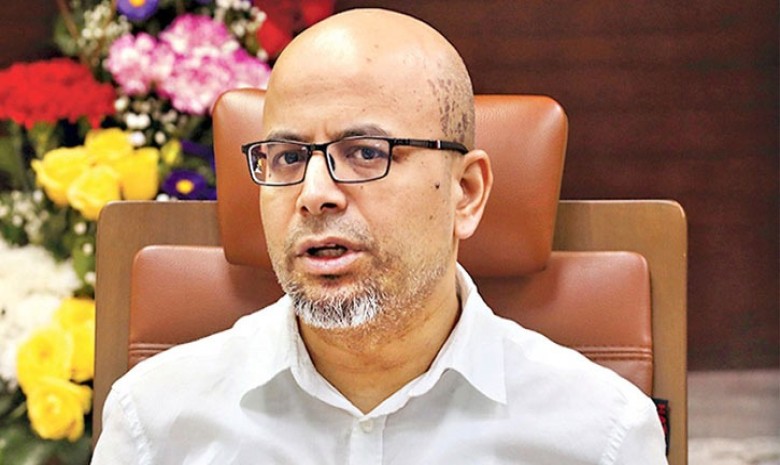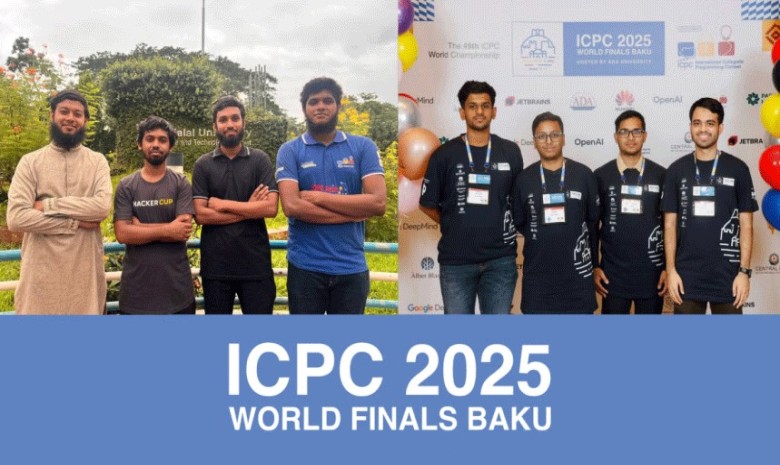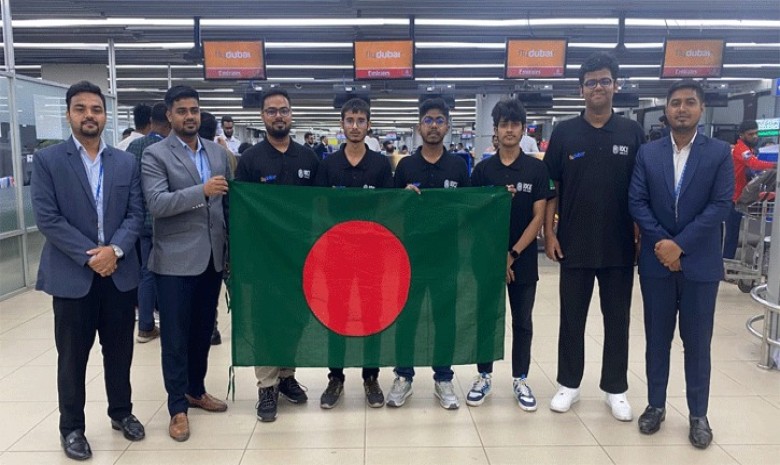The Bangladesh Telecommunication Regulatory Commission (BTRC) has introduced a new Quality of Service (QoS) policy aimed at raising service standards in the country’s telecom sector.
The rules require operators to respond to customer service calls within 90 seconds and guarantee a minimum 4G speed of 10 Mbps.
Faiz Ahmad Taiyeb, Special Assistant to the Chief Adviser for the Ministry of Posts, Telecommunications and Information Technology, announced the measures in a Facebook post on Saturday (August 31).
He said the benchmarks were drawn up after expert consultations, following widespread criticism of poor telecom services. Approved at last week’s BTRC commission meeting, the policy applies to mobile operators, Nationwide Telecommunication Transmission Network (NTTN) providers, and internet service providers (ISPs).
Starting in September, BTRC will conduct monthly performance checks and network health reviews. Officials said the measures are in line with international practice and are designed to hold service providers accountable.
The new rules introduce stricter standards, including reduced call drop rates, mandatory 4G download speeds of at least 10 Mbps and upload speeds of 2 Mbps, as well as higher thresholds across multiple service quality indicators. Operators must also submit monthly reports on network accessibility, retainability, and integrity.
BTRC noted that earlier benchmarks were outdated and unrealistic. The updated directive, to be formally issued soon, is expected to drive improvements across the sector. Regulators also criticised telecom companies for failing to invest sufficiently in 4G infrastructure, which they said has contributed to declining service quality.
Key provisions include:
- Call setup success rates of at least 99% at the network level and 98% at district and Upazila levels.
- Call drop rates capped at 1% nationally on 2G networks and 1.5% at Upazila level.
- 4G connection success rates of 99% nationally and 98.5% at district level.
- Average download speeds of 3.5 Mbps nationally and 2.5 Mbps at district level.
- Drive tests requiring a minimum 98% call setup success rate, less than 2% automatic call drops, and a minimum VoLTE user experience rating of 3.5.
- Minimum 4G speeds set at 10 Mbps for downloads and 2 Mbps for uploads
Operators will also have to report the 50 worst-performing cells each month, where network accessibility and retainability indicators are weakest. Regulators said the measure would increase transparency and put pressure on providers to address service gaps, particularly in rural and semi-urban areas where call drops and weak connectivity are most common.
The revised benchmarks also extend to fixed internet, fixed telephony, and NTTN services. For fixed telephony, call setup success rates must exceed 99% with connection times under six seconds, and call drops limited to below 1%. Internet services must maintain local traffic latency under 25 milliseconds, packet loss below 1%, and availability of at least 99%. Customers should receive no less than 95% of their subscribed internet speed.
For NTTN operators, packet loss must remain below 0.01%, latency under 5 ms, and jitter within 3 ms. Service disruptions must be resolved within four hours in metropolitan areas and six hours in rural regions.
On customer complaints, the policy requires that all non-network-related issues be resolved within 28 days. In addition, 90% of calls to customer service centres must be answered within 40 seconds, while all calls must be answered within 90 seconds.
Total views: 1822



























